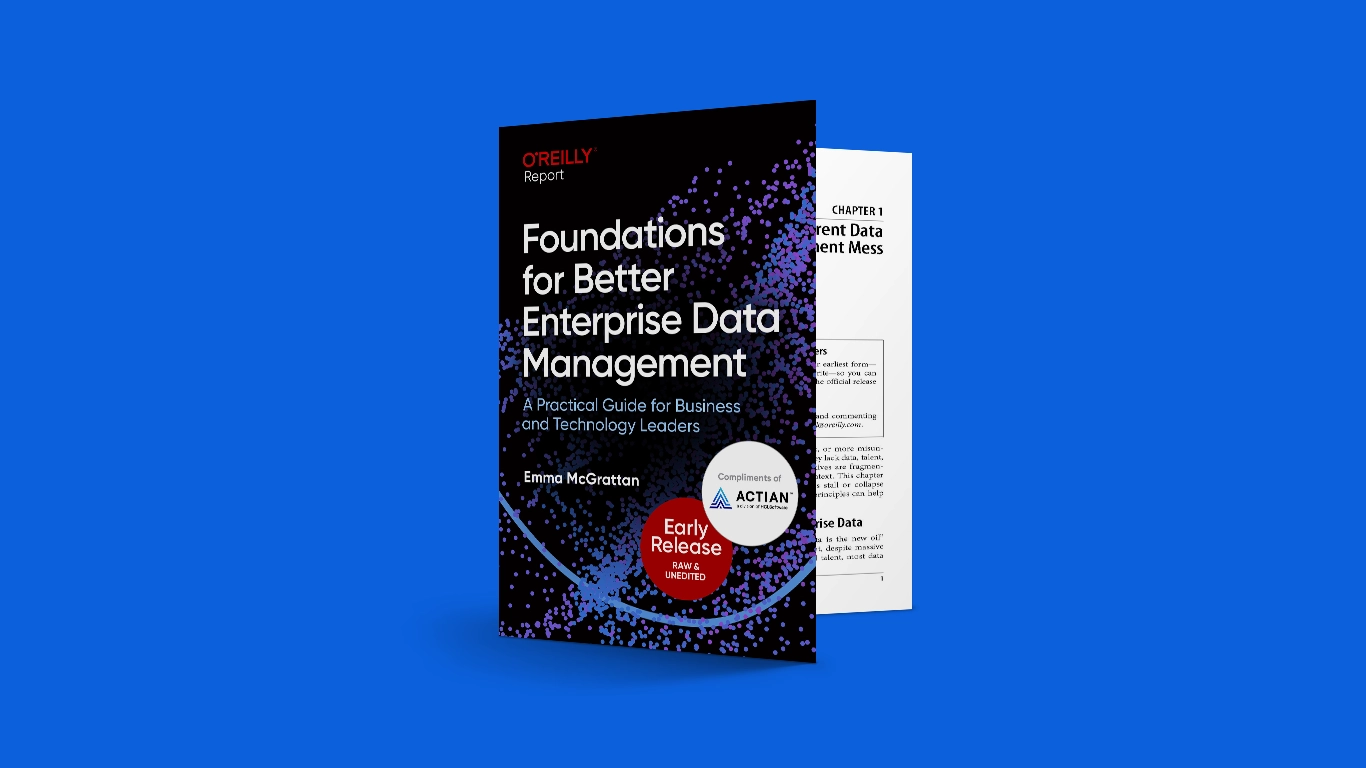What is Data Lifecycle Management?
Data Lifecycle Management (DLM) is the end-to-end framework for controlling how data is created, stored, used, shared, archived, and eventually deleted. It ensures that data remains accurate, secure, compliant, and valuable throughout its entire lifespan, from initial capture through long-term retention or disposal.
DLM brings governance, automation, and policy enforcement together so organizations can reduce risk, improve data quality, and optimize storage and operational costs. With the growth of cloud systems, hybrid environments, and AI-driven analytics, modern DLM is essential for ensuring that the right data is available to the right people at the right time—while eliminating unnecessary or outdated information.
Why Data Lifecycle Management Matters
1. Controls Risk and Compliance
DLM enforces retention rules, privacy requirements, and access policies. This reduces exposure to security breaches, audit failures, and regulatory violations.
2. Improves Data Quality and Trust
By defining how data is validated, updated, and retired, organizations maintain consistent, reliable datasets for analytics, AI, reporting, and operations.
3. Reduces Storage and Infrastructure Costs
Systematically archiving or deleting old, duplicate, or unused data keeps environments efficient and prevents uncontrolled data growth.
4. Enables Better Analytics and AI
Clean, governed, well-maintained data supports accurate insights, model training, and faster decision-making.
The Stages of the Data Lifecycle
1. Data Creation and Ingestion
Data enters the system through applications, sensors, forms, integrations, or external sources. Policies define what can be collected and how it should be formatted.
2. Data Storage
Data is placed in databases, data lakes, cloud repositories, or warehouses with clear rules for access, durability, and encryption.
3. Data Usage
Authorized users and systems analyze, transform, visualize, and share the data. DLM ensures usage aligns with governance and privacy controls.
4. Data Archival
Older or infrequently used data is moved to cost-efficient storage while remaining accessible for compliance or historical analysis.
5. Data Deletion or Destruction
Data that is no longer needed or exceeds retention requirements is securely deleted to minimize risk and reduce storage costs.
Key Capabilities of Data Lifecycle Management
- Automated retention and archival workflows.
- Role-based access controls and permissions.
- Data classification and policy enforcement.
- Metadata management for context and traceability.
- Data quality and validation processes.
- Compliance reporting and audit logging.
- Secure deletion and destruction procedures.
Stages of Data Lifecycle Management
The Data Lifecycle Management stages are essential to understand. Each data lifecycle stage has value and particular outcomes that should be managed. Different parts of the organization interact with the stages at different moments in the life of the data. Each interaction should be in support of the value chain of data transportation across the organization. An organization should be careful of managing data in a silo and should be cautious of not collaborating on the use and transformation of data. If not, organizations may create inefficient data usage, information, and knowledge, affecting overall service performance.
Data Lifecycle Management stages are – creation, storage, translation, usage, archival, and destruction. Each stage is explained below.
- Creation – This is defined as any source or input for creating data, such as acquisition, data entry, and data capture by applications, Machine Learning (ML), sensors, Artificial Intelligence (AI), etc. A research data lifecycle can spin off from the collection or creation of data as an innovation project.
- Storage – This is defined as where and how the data is recorded or stored, including backup, continuity, and recovery plans and procedures. All data is not digital, so concerns here should be for all data, including non-digital. Also, it should be included in the data in transit that may be stored for shorter amounts of time using technology.
- Translation – Some data can be used as-is by the consumer of the data, and some have to be transformed or translated into information or knowledge for organizational usage for decision support. This transformation of data or data processing can be considered information lifecycle management and knowledge lifecycle management. Data, information, and knowledge should be managed together and as separate processes to maximize the benefits and outcomes of each, helping to result in an overall data quality lifecycle.
- Usage – The consumption of the data, information, or knowledge transformed into use for viewing, processing, sharing, saving, and other activities. To do this effectively, the organization should determine what data, information, or knowledge is needed by each consumer of the data (application, person, or other technology) to ensure the data is managed from an enterprise perspective. Hence, all consumers interpret the data in the same way to support collaborative decisions. Data usage also includes managing the transfer and publication of the data.
- Archival – Some data cannot be immediately deleted but has value from a historical perspective or a compliance perspective and must be archived. Archived data is usually no longer active and is for long-term retention. Many organizations may use data warehousing capabilities for archival of data that is seldom used for performance reasons, but may also use technology for faster access to their archived data.
- Destruction – Data should be destroyed as needed based on archival needs and the needs of the organization to make decisions. Keeping too much data around increases the cost of managing the data, thus affecting the total cost of ownership and return on investment of the organization’s services and products.
During data translation, the data can go through a research data lifecycle. This may occur in the organization when doing a data analysis exercise for combining data or determining data relationships for the information and knowledge articulation of the data. Before the archival of data, the organization may determine if any data can be reused by the organization for an advantage.
Data Lifecycle Management should be a foundational strategy for all organizations. Every organization should have a strategy for managing its data in addition to other strategies. The data lifecycle management strategy should be governed by the organization’s executives and taken very seriously, not just as something all the different disciplines have to manage based on general governance standards. Data is the foundation of every activity, process, and procedure done to support and deliver services and products to our customers. Understanding and using data wisely is the key to understanding our customers’ needs and the organization’s needs as a whole, including the constraints to the delivery and support of better service and products.
Actian and the Data Intelligence Platform
Actian Data Intelligence Platform is purpose-built to help organizations unify, manage, and understand their data across hybrid environments. It brings together metadata management, governance, lineage, quality monitoring, and automation in a single platform. This enables teams to see where data comes from, how it’s used, and whether it meets internal and external requirements.
Through its centralized interface, Actian supports real-time insight into data structures and flows, making it easier to apply policies, resolve issues, and collaborate across departments. The platform also helps connect data to business context, enabling teams to use data more effectively and responsibly. Actian’s platform is designed to scale with evolving data ecosystems, supporting consistent, intelligent, and secure data use across the enterprise. Request your personalized demo.





